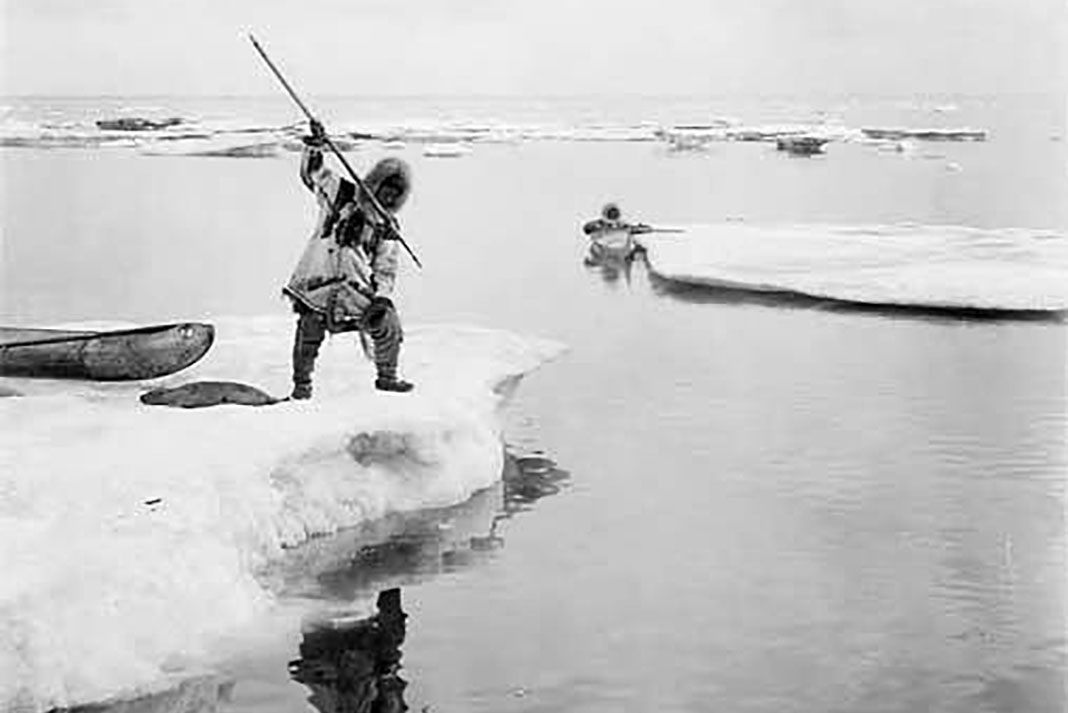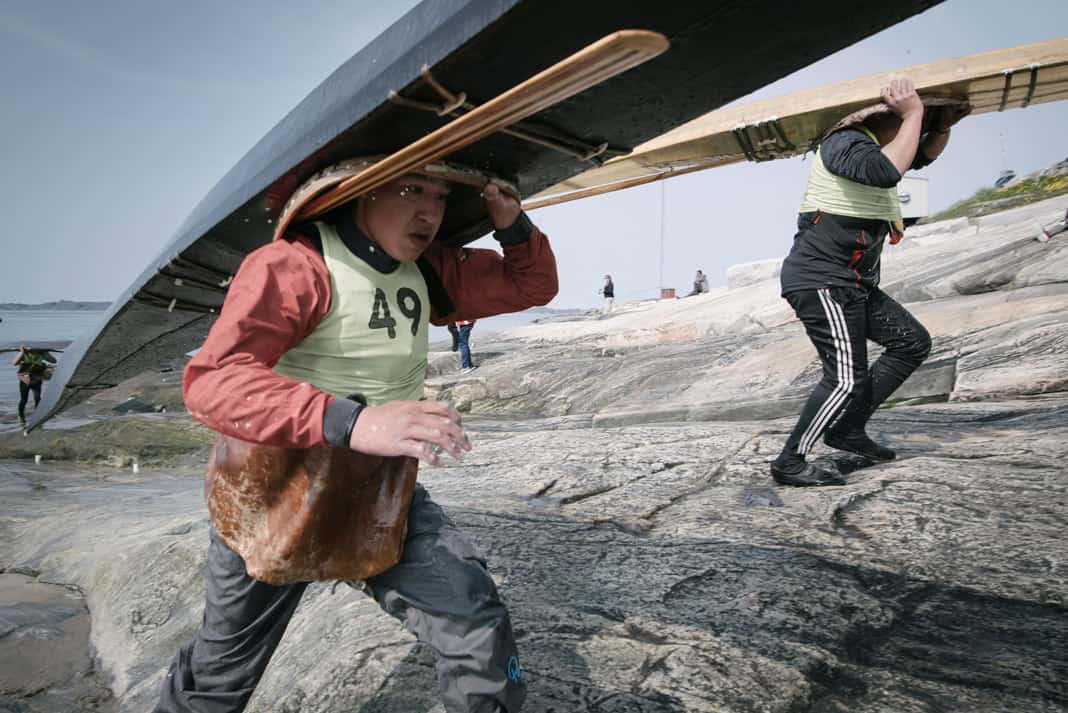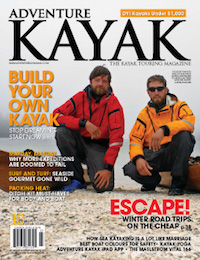The ancient Inuit chose as their domain a very inhospitable environment. A vast, frozen land devoid of the essentials of life. Those who inhabited the coastal areas were especially deprived of the gifts of the land—natural resources in the forms of vegetation and land animals were simply not available. The sea became their source for sustenance and their needs dictated the path of their ingenuity.
Journey of the spirit: Kayak’s ancient history
Life for the ancient Inuit depended on their ability to make the most of the meager materials at their disposal. To not create meant extinction, so they created perhaps one of the greatest design and engineering feats in history. From a dearth of construction materials, and in the worst of environments, the Inuit developed the kayak.
Made from bones and driftwood, covered with seal skin sewn by the hands of a craftsman, the original kayaks made a mockery of the harsh land in which they were built. The noble hunters braved the extreme elements to pursue the elusive seals, developing the necessary skills to manoeuvre their vessels and hunt from the confines of the cockpit. It was a job held in high esteem. The hunter was the provider of life for his village. Without his success- ful forays over the treacherous waters, the Inuit people would not survive. his was an existence tied to courage and heroism. And tied to a boat—the hunter’s boat!

One can readily imagine the social position of the Inuit kayaker. His was an existence predicated on risk, for the dangers he faced from the cockpit of his tiny vessel were always present. The ancient kayaker, after having sighted and then stalked his prey in the unforgiving waters, would trade paddle for harpoon and, in the pitching swells, launch his weapon while maintaining the delicate balance that kayakers often seek so desperately with a flick of the hips.
With the fate of the entire village riding on his skill and courage, the kayaker’s launch into the hunt was a momentous occasion, heralded with sacred chants and actions focused on success and survival. What a scene must have ensued as the hunter, at one with his kayak and the frigid waters, pushed off from the icy shoreline and pulled those first few strokes of his mission. The kayak, its decks laden with harpoon and attached air bladder, would quickly become a silhouette on the horizon.
As you slip into the cockpit, dare to feel the spirit for which your kayak yearns. The ancient lines and purpose that have evolved its existence speak a sacred language to you, if you care to listen. For those onlookers who see only a recreational paddler dipping the first paddle strokes of a pleasant journey, feel pity. They do not see the spirits of the hunter and hunting vessel that guide your voyage.
Michael Walmsley resides in Orangeville, Ontario, where he and his wife operate Inukshuk Kayak, a company enhancing the culture of kayaking through art.
The ancient kayaker, after having sighted and then stalked his prey in the unforgiving waters, would trade paddle for harpoon. | Feature photo: Lomen Bros/Wikimedia Commons




 This article was first published in the Summer/Fall 2010 issue of Adventure Kayak Magazine.
This article was first published in the Summer/Fall 2010 issue of Adventure Kayak Magazine. 